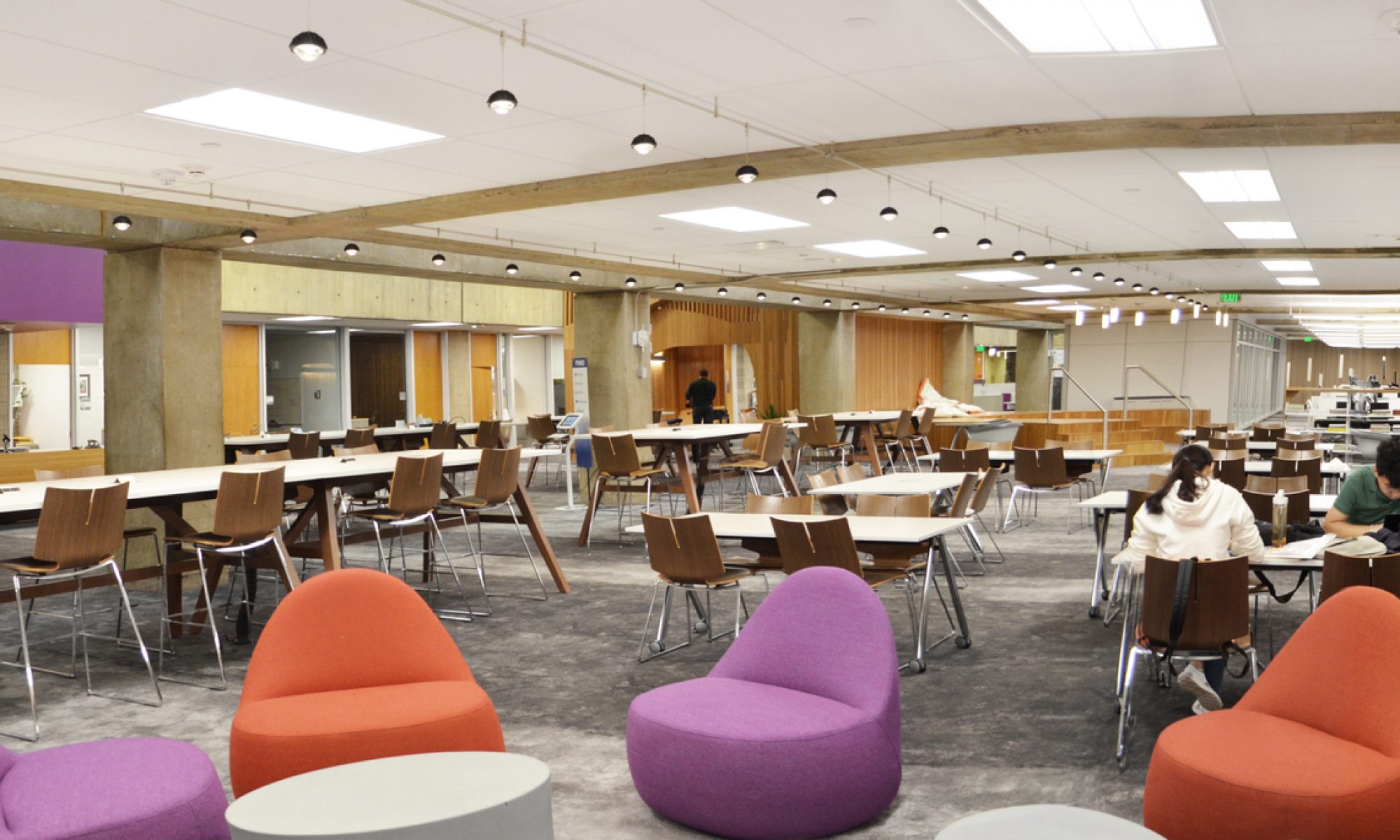What did you personally accomplish this week on the project?
This week, I worked with JJ to fully integrate the data hub and the public API endpoint of our backend. now, it is working!
Then, I made 15% more progress on the frontend of the project. My idea is to make it very simplistic and easy on the eyes for clients. I restructured the React code to convert from class-based to functional-based code. This is more of an updated coding style with modern react, and it will be extremely helpful due to some of the new frontend requirements (map interface).
Specifically, I now structure components asfunction myComponent() { ... } rather than class myComponent extends React.Component { ... }
This style of coding React has reported to have massive performance improvement and allows for clean, stateless components.
Is your progress on schedule or behind?
I am on schedule with my parts and feel confident moving forward. Integration is working well, so I just have to finish the frontend component by the final presentation. I will be working hard in the weeks to come.
What deliverables do you hope to complete in the next week?
This week, my task it to complete on the web application frontend. Specifically, I need to implement a map feature that shows clients areas of free seats and quantity of free seats. I can’t wait! 😁
